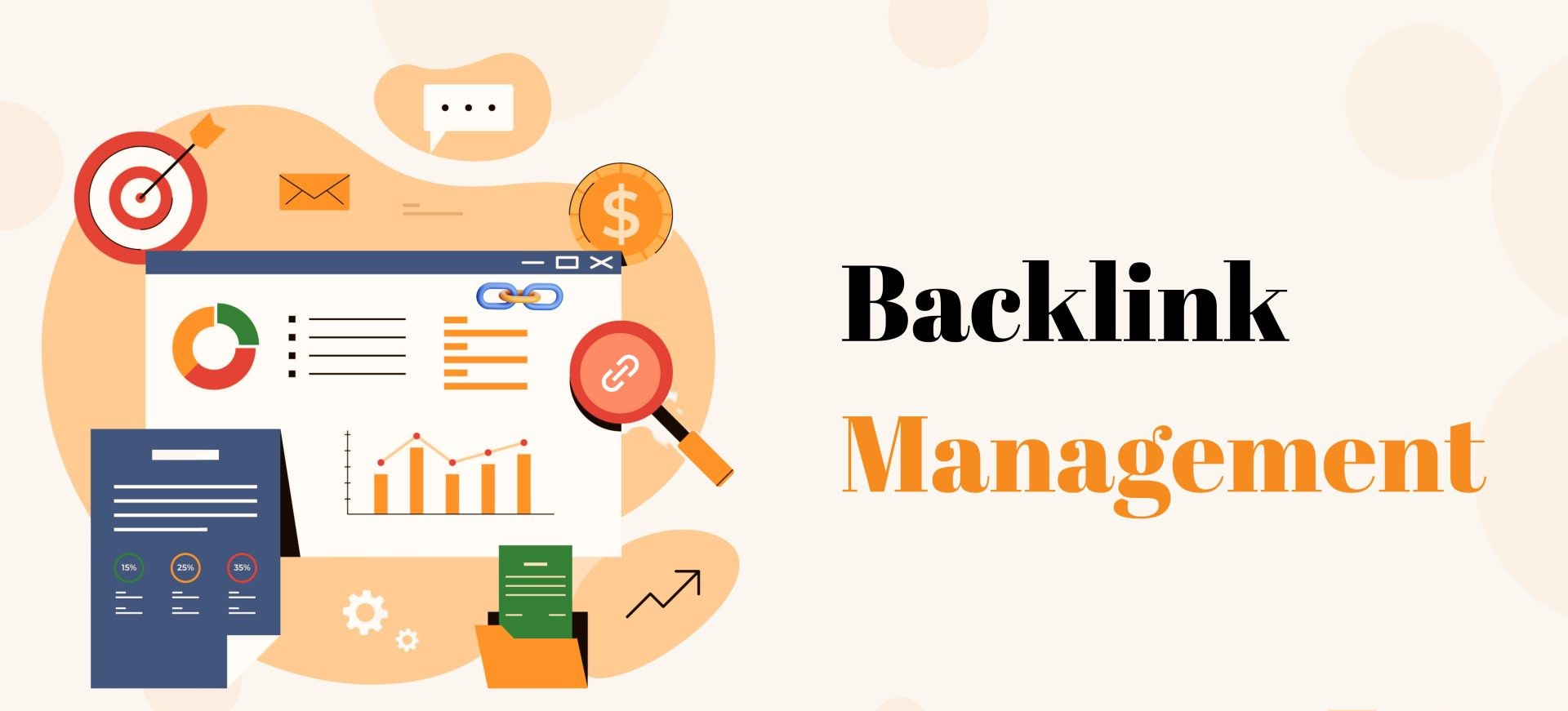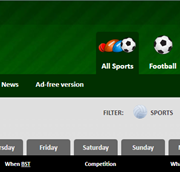The Impact of Broken Links on SEO: Why They Matter and How to Fix Them
In the intricate web of search engine optimization (SEO), broken links are often overlooked yet wield significant influence on a website’s performance. Whether it’s a result of website updates, restructuring, or simply neglect, broken links can impede user experience, harm search engine rankings, and undermine the overall credibility of a site. Understanding the impact of broken links on SEO is crucial for maintaining a healthy digital presence and ensuring optimal visibility online.

Firstly, let’s unravel the essence of broken links. Also known as dead links or link rot, broken links refer to hyperlinks that point to non-existent or inaccessible web pages. When users encounter these broken links, they are met with the frustrating “404 error” message, signaling that the desired content cannot be found. From a user experience standpoint, encountering broken links disrupts navigation, diminishes trust, and leads to increased bounce rates as visitors abandon the site in search of functional links elsewhere.
However, the repercussions of broken links extend beyond user dissatisfaction. Search engines like Google continuously crawl the web, indexing pages and evaluating their relevance and authority. When search engine crawlers encounter broken links, they perceive them as a signal of poor website maintenance and potentially outdated content. As a result, the affected pages may experience a drop in search engine rankings, ultimately diminishing organic traffic and visibility.
One of the primary reasons broken links are detrimental to SEO is their impact on website crawlability and indexing. When search engine bots encounter broken links while crawling a site, they may halt their crawl process prematurely, missing out on valuable content. This can result in incomplete indexing, meaning that relevant pages may not appear in search results, thereby reducing the site’s overall visibility.
Furthermore, broken links disrupt the flow of link equity, also known as link juice, throughout a website. Inbound links from external sources contribute to a site’s authority and credibility in the eyes of search engines. However, when these inbound links point to broken pages, they fail to pass on their SEO value, diminishing the site’s overall link profile and potentially weakening its search engine rankings.
Fortunately, addressing broken links is within the realm of website maintenance and SEO optimization strategies. Regularly auditing your website for broken links using tools like Google Search Console, Screaming Frog, or online broken link checkers can help identify and rectify any instances of link rot. Once identified, broken links should be promptly fixed by updating or redirecting them to relevant and functional pages.
Redirects, such as 301 redirects, are particularly useful for preserving SEO value when updating URLs or restructuring a website. By redirecting broken links to relevant pages, you can ensure that both users and search engines are seamlessly guided to the intended content, mitigating the negative impact of broken links on SEO.
Additionally, implementing best practices for link management, such as using descriptive anchor text and avoiding link chaining, can help prevent broken links from occurring in the first place. Regularly monitoring website changes and performing thorough quality assurance checks before publishing new content can also help maintain a healthy link ecosystem.
In conclusion, broken links may seem like minor nuisances, but their impact on SEO can be profound. From hindering user experience to undermining search engine rankings, broken links pose a myriad of challenges for website owners and marketers. By prioritizing proactive link management and promptly addressing any instances of link rot, website owners can safeguard their SEO efforts and ensure a seamless browsing experience for their audience.




